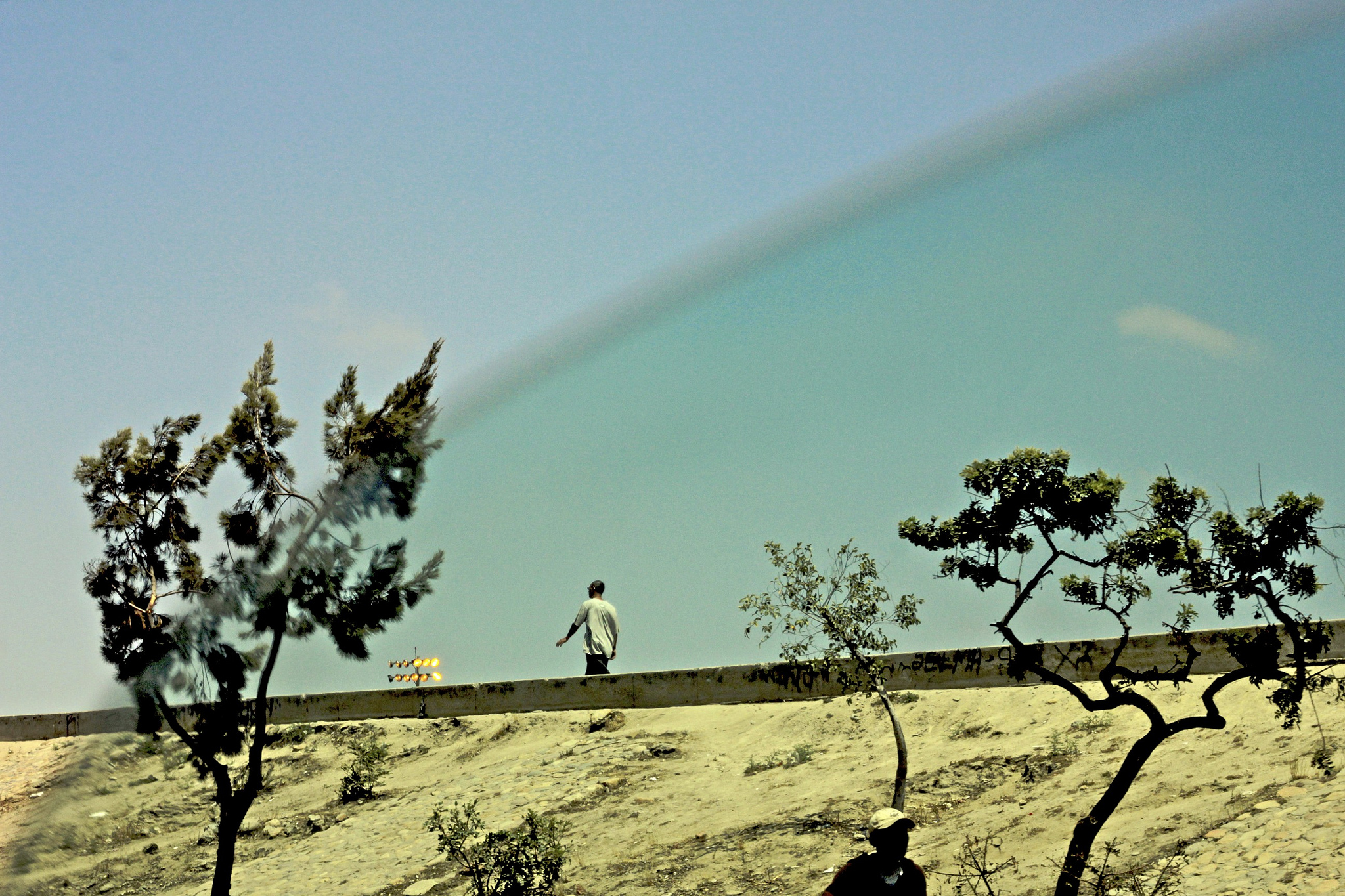The Capitalization of Movement
Day after day, millions of people are forced to spend a considerable number of hours stuck in their city’s traffic, trapped in their own transit. Cities, with their people and their routines create strong pendulum-like inertias that generate a rhythmic and sequential movement.
Moving back and forth, from left to right, at a certain time,on certain days of the week is an inevitable part of daily life. There are times and routes that one thinks or hopes may be calculated. . This is where the majority of the citizens’ irritability stems from – the obstruction of movement. For car accidents, road remodeling, and funeral marches attack one of the most cherished values that humans possess: their time.
Thus, moving in a free and swift manner across the city has become one of the citizen’s biggest luxuries and desires. In order to meet this need, there are companies that sell compact cars capable of reaching high speeds, and which, at the same time, comfortably safeguard personal space and belongings. There are also some who attempt to satisfy the needs of those whose mobility dreams are even harder to reach- buses that come and go, from here to there, from north to south, and from east to west. They reach indefinite speeds and times, and transport people under infrahuman conditions with the minimum personal space that barely allows them to breathe. They find themselves at the total mercy of poor road safety education and the mood of one single driver that makes decisions for everyone. . In addition, the prices are ridiculously high if we compare them to what the majority of their users earn on a weekly basis.
This way, in the hassle of traveling by public transport there’s one thought that connects its users – finding a way out of that nightmare. They, therefore, spend their entire life savings on buying a car. This, far from solving the problem represents a major expense and aggravates the urban transit conditions. Walking, riding a bike, or skating to get from one place to another would be the wisest thing to do in order to undertake our daily journeys. Walking is an invitation to a new way of thinking, of reflection, of respecting ourselves and our surroundings. It is also, in a world that is saturated with consumption and carbon dioxide, an act of protest and denial.
Walking is free. It is a zero to the left in terms of trade numbers . It does not generate nor does it produce, and therefore itdoesn’t matter. This means that not taking the pedestrian into account at a traffic light intersection might actually be dangerous occupying pavements with everything but free and accessible space for pedestrians to walk, and not respecting( in the event of such) bicycle lanes.
Today, everything is consumable, and big companies have taken it upon themselves to make us believe that we even have to buy our trips across the city we inhabit. There are studies that show that there are only ten years of oil left. And although , Arturo Rosenblueth says it loud and clear in his complex writing Rural Dream and Urban Insomnia: ‘A lot can be said about the problem of urban transit (…) in a country whose economy depends on oil and one that wastes much of this non-renewable energy resources on traffic brought to a standstill in these urban concentrations,’ it didn’t seems to alarm the big companies that sell petrol Since, with all their power, they have not taken the time to try to solve the problem with a strategy other than increasing oil prices. It’s as though they had a secret reserve to keep their monopoly working for another era.
As for the pedestrian, we shall just have to wait for the light at the end of the tunnel, or let’s see what sinister plan companies come up with to capitalize the new mode of mobility over the next years. In the meantime, walking should continue to be a form of protest.
Writing by: Jorge Armando Quevedo / Image: Elsa Solorio Borbón / written for the AAAA magazine / Citation: Jorge Armando Quevedo “La capitalización del movimiento” / Date 06 mar 2014

